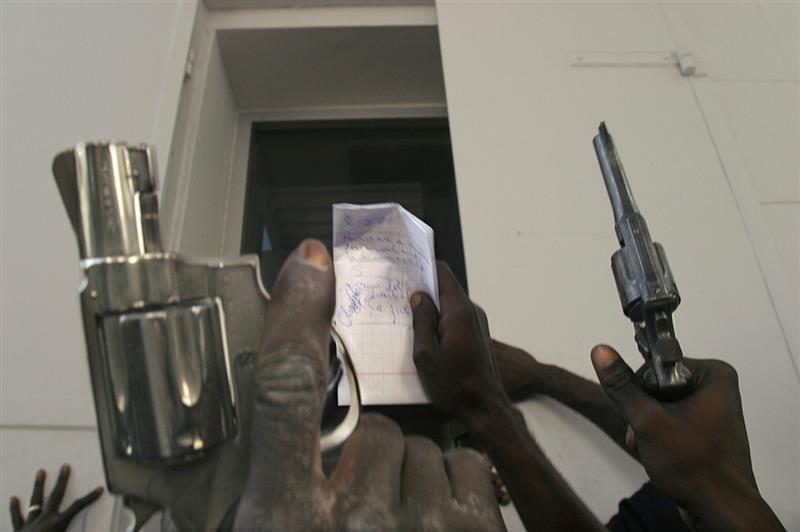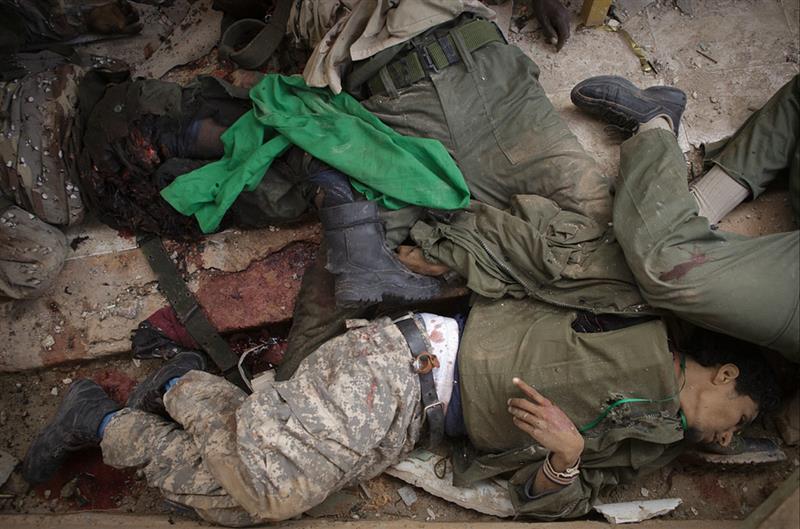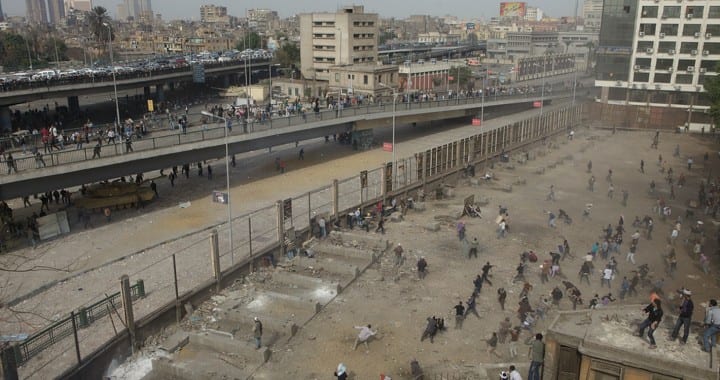His photographs do not look like those published in magazines and newspapers. They freely mix landscape, portraits, motion, violence, quiescence, and death, and their aim is not journalistic in the sense that they do not as a project tell a single story.
By Gabriel Coutagne and Paul Loomis, ASX Paris, February 2013
There are many photojournalists who present their work as art. Simon Norfolk, Richard Mosse and Luc Delahaye come to mind, but among them, Matthias Bruggman’s photographs are distinct. This is not because they depict unimaginable violence, or because they are eloquently composed. It is because they are presented as a series of images documenting conflict, instead of as coverage of a conflict. What viewers are left with is a feeling, a sort of visual timbre of a region at war in the early 2000s. This strategy makes us conscious of our inability to understand the world’s complexity.
Matthias Bruggman is 33 years old. He is both Swiss and French. His mother is a doctor, and he describes himself as one of the most privileged people in the world. His lifestyle defines him. He is a photojournalist. Since 2003, He traveled and worked in Iraq, Afghanistan, Haiti, Somalia, Tunisia, Egypt, Libya, and Syria. His goals shape his technique and result in work that is immediately identifiable. He explains on his personal website: “I behave like a photojournalist who would be physically present in a conflict zone, my goal is totally different than that of traditional photojournalists.”



A riot scene on the Tahrir Plaza, pistols and handwritten notes held up to the camera, gun battles in the streets of Port-au-Prince, a member of Assad’s militia with his blond daughter, and men with Kalashnikovs roaming across an empty highway mingle to produce a strange and fantastic feeling that avid viewers of photographs rarely feel: the conviction that you have never seen this way before.
His photographs do not look like those published in magazines and newspapers. They freely mix landscape, portraits, motion, violence, quiescence, and death, and their aim is not journalistic in the sense that they do not as a project tell a single story. A riot scene on the Tahrir Plaza, pistols and handwritten notes held up to the camera, gun battles in the streets of Port-au-Prince, a member of Assad’s militia with his blond daughter, and men with Kalashnikovs roaming across an empty highway mingle to produce a strange and fantastic feeling that avid viewers of photographs rarely feel: the conviction that you have never seen this way before.
In the show at Maison d’Art Bernard Anthonioz (MABA) in Paris the arrangement of the prints refuses any formal coherence. They are small, big, or immense, but their gorgeous and challenging scatter mirrors that of their contents. Each image reveals a mental construction that leads into those surrounding it, and together they morph into a vision of a fraught world. Chaotic, violent, and drenched in the sweat of struggle, it’s a place we can’t hope to fit in our heads or eyes or lungs. We have to be content with glimpses, breaths, and visions. Bruggman gives them all, and leaves the brain ringing with what it has seen.
“Undercover, théâtre d’opérations”, Maison d’arts Bernard Antonioz, 16, rue Charles VII, Nogent-sur-Marne (94) Until March 3rd.
ASX CHANNEL: MATTHIAS BRUGGMAN
(All rights reserved. Text @ Gabriel Coutagne, Paul Loomis and ASX, Images Courtesy Matthias Bruggman / Galerie Polaris, Paris)













